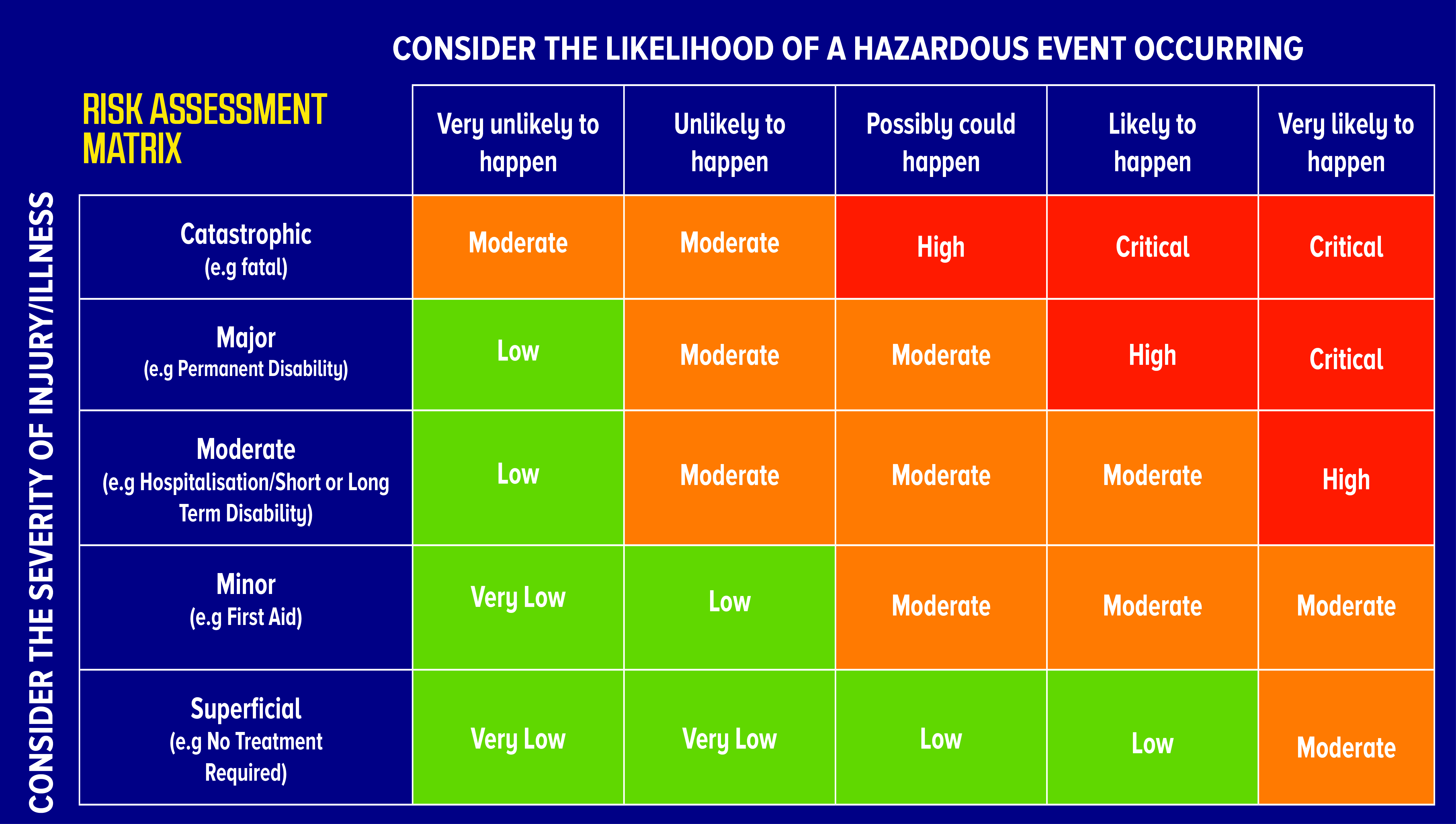

Journal of Manufacturing Technology Management, 23(1), 124e136. AHP-based lean concept selection in a manufacturing organization. European Journal of Operational Research, 48(1), 2–8. An overview of the analytic hierarchy process and its applications. This paper provides a brief review of several areas of operational difficulty with the AHP, and then focuses on the arbitrary rankings that occur when the. European Journal of Operational Research, 169(1), 1–29. Analytic hierarchy process: An overview of applications. The analytic hierarchy process-A survey of the method and its applications. European Journal of Operational Research, 168(2), 557–570. Rank from comparisons and from ratings in the analytic hierarchy/network processes. European Journal of Operational Research, 48(1), 9–26. How to make a decision: The analytic hierarchy process. The core of AHP is the comparison of pairs instead of sorting. Bhiwani (HR) AbstractAnalytical hierarchy process is an important software quality model. In AHP, values like price, weight, or area, or even subjective opinions such as feelings, preferences, or satisfaction, can be translated into measurable numeric relations. Analytical Hierarchy Process Meena1 Vipin Aroda2 1M.Tech Student 2Assistant Professor 1,2Department of Computer Science 1,2B.I.T.S. Journal of Mathematical Psychology, 15(3), 234–281. Expert Choice is decision making software that uses the mathematics of AHP (The Analytic Hierarchy Process) in conjunction with social collaboration features to reach better decisions. AHP stands for analytic hierarchy process and belongs to the multi-criteria decision-making methods (MCDM). A scaling method for priorities in hierarchical structures. Clean Technologies and Environmental Policy, 13(3), 469–479. Abstract: - Analytical Hierarchy Process is one of the most inclusive system which. If you are familiar with graph theory, then you can. Step 4: Build the Hierarchy from Steps 1 to 3. These can involve sub-levels of criteria and is totally dependent on the amount of scrutiny you want, especially when the options are very similar to each other. Tools and techniques for enabling sustainability through lean initiatives. Step 3: List out the different criteria by which you assess the above alternatives. The first, second and third levels are goal, criteria & sub-criteria, and alternative, respectively. A total number of 72 valid responses were obtained and analysed. The decision-making model is then developed to evaluate the significance of each factor using the analytic hierarchy process (AHP) approach. International Journal of Six Sigma and Competitive Advantage, 2(4), 353–376. Figure 3 shows three levels of hierarchy for the AHP. Based on the literature review, a total of 35 decision-making factors of modularisation were identified for this study. Implementing six sigma in service sector using AHP and Alderfer’s motivational model: A case of educational services. The value of the comparison of P and P is 1. between each criterion at a particular level, as shown in Table 3. Journal of Cleaner Production, 135, 284–298. The Analytic Hierarchy Process (AHP) has been successfully applied in many different decision support systems until today. Keywords: Multiple-Criteria Decision Problems Analytic Hierarchy Process (AHP). An investigation on lean-green implementation practices in Indian SMEs using analytical hierarchy process (AHP) approach. The analytic hierarchy processd what it is and how it is used. Note that adding one option required 3 additional comparisons.Saaty, R.W. If you add in a D, you then need to compare A-B, A-C, A-D, B-C, B-D, C-D. For example, when comparing options A, B, and C, you would need direct comparisons for A-B, A-C, and B-C. evaluation and calculation in AHP can be divided into four stages: (1) scoring the alternatives under each criterion, (2) weighting the criterion, (3). There is an exponentially rising number of comparisons as criteria and options are added. Note that this can be an extremely time-consuming process as the number of criteria and options rises. The tally of all the global scores for each option indicates the best choice. When multiplied out by the weight of the factor, each option is assigned a global score. Similarly, the tally for each decision is broken down so they add up to 1.000. The same rigor is applied to each option for each bottom-level criterion. These factors are shown as a fraction of the decision, with all the factors adding up to 1.000. The scoring of each head to head comparison provides the mathematical basis to assign a weight to that particular bottom-level factor. This takes complex decisions and breaks them down into a series of small comparisons. Essentially, the analytic hierarchy process breaks criteria into progressively smaller criteria, and then compares the criteria at each level in a head to head manner.


 0 kommentar(er)
0 kommentar(er)
